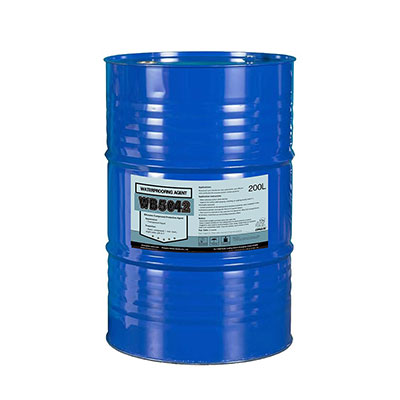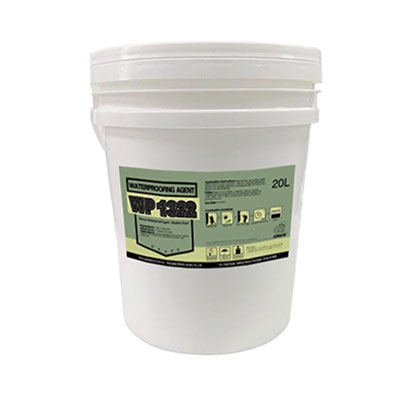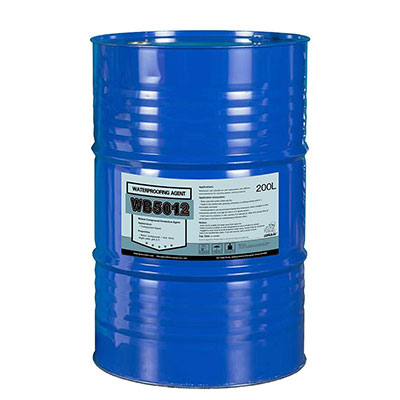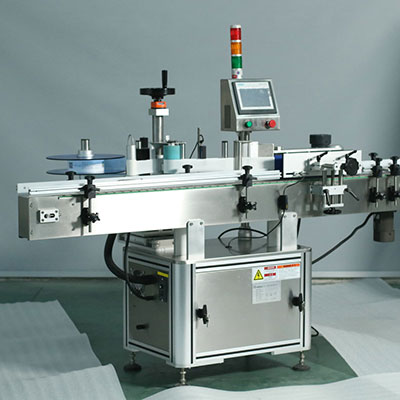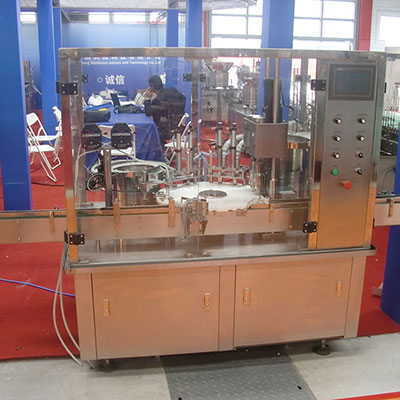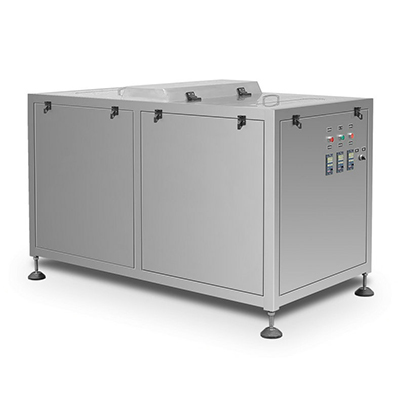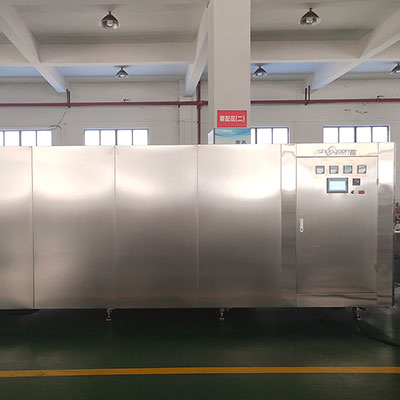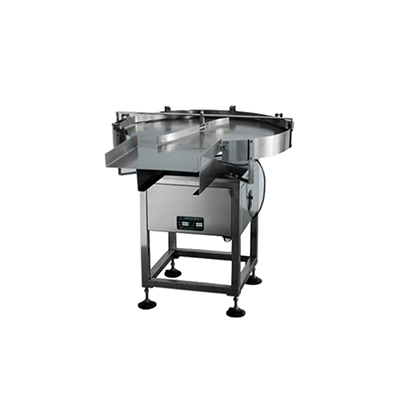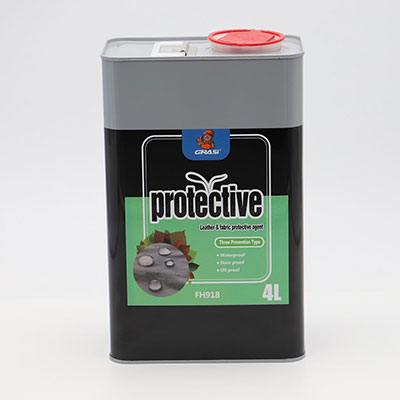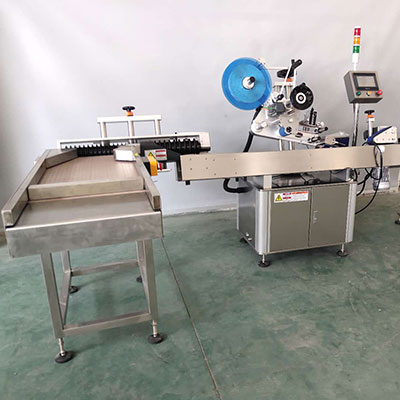LED display installation
LED display installation
Ⅰ. Installationmethod
1. Hanging installation, suitable for both indoor and outdoor LED displays
Hanging installation needsappropriate installing places, such ascrossbeams or lintels with enoughbearing ability. The hangingbeam quantity should be atleast two, while the specific quantity should be estimated according to the LED screen’s length andweight. Hang the screen on the hanging beamsand then fix it. Hanging installation is widely usedfor indoor LED screen. If theinstallation place is open field or installing against the wall or onground is impossible, the LEDdisplay screen should be small, light and thin, such as below 10 square meter screenwith back doors.
Hanging installation ensures elegant appearance. Itdoesn’t take up walland floor space and the height is easy to adjust. This LED displayinstallation method is suitable for railway stations, airports and other large venues.
2. Wall mounted installation, suitablefor indoor or outdoor LED display
Wall mounted installation is mainly used for displays less than 10 squaremeters. It requires the wall should be solid or there is concrete bridge in hanging location. So,air brick or simplecross-wall is not suitable for this installation way.
Wall mountedoutdoor LED display is mainly installed on the wall. Generally, thereis steel structure on the wall and the outdoor LED display hanged on it. Asthe wall is used as the fixed support, area and weight of the display is notrestricted. Indoor framestructure display, with an area smaller than 8㎡ and a weight less than 500KG, can beinstalled by rocker arm.
3. Embedded installation, suitable forindoor or outdoor LED display
Embeddedinstallation means embedding the screen body into the wall, where enough spacehas been reserved for the screen when building. The embedded screen face shouldbe in one line with the facade of the wall. In addition, there should be enoughspace inside the wall for repairing and cross ventilation, so the heat from theworking display can be easily removed. Embedded installation enables the LEDdisplay screen to be matched well with the appearance of the building.
Embedded installation is particularly suitable for small indoor display, whichcan be embedded into the wall to save the space. The installer can excavate thesuitable space from the wall according to the screen size, and the wall shouldbe solid. However, front maintenance way is required in this situation, and thecost is high.
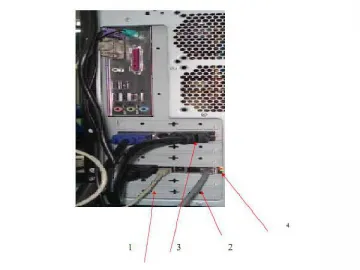
4. Pillar baseinstallation, suitable foroutdoor LED display
The pillar base installation is themost widely used installation way for outdoor LED display. Itshould be strict with the steel structure because there are no walls oravailable point of support. According tothe LED display size, there are single column installation and double column installation,which mainly rely on the steel structure and the capacity of the pillar, with no limit on the area and the weight of the screen. However, geological features, capacity, typhoon and other factors should be takeninto account.
The pillar base installation is mainly used for outdoor advertising LEDdisplays on expressways, in the open visual field, square, park, parking lot,etc.
5. Rooftop installation
6. Foundation installation
Ⅱ. LED displayinstallation notes
1. Before installing the LED display, please ensure that the mountingsurface of the installation steel frame structure is firm and flat.
2. The LED display should be installed in strict accordance with the designstandards. The raw material and connection method of installation accessoriesshould not be changed without permission.
3. Make sure the wires of all electrical devices are correctly connected.
4. The installation work should be performed only by professional personnel.
5. The outdoor LED display should be installed with waterproof performance,dustproof performance, corrosion resistance andlightning protection in mind.
6. Take the local environmental change and local temperature into consideration,and thus ensure the heat dissipation of the LED display.
LED display sending card and computerwiring diagram
1. Serial line
2. Super CAT 5 twisted pair cable
3. DVI line
4. Indicator light (red light for power indication, flashing green light forsignal indication)
Links:https://www.globefindpro.com/products/91920.html
-
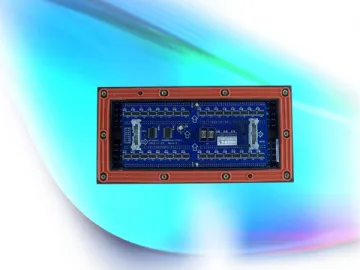 VP16 Outdoor Full Color LED Display Screen
VP16 Outdoor Full Color LED Display Screen
-
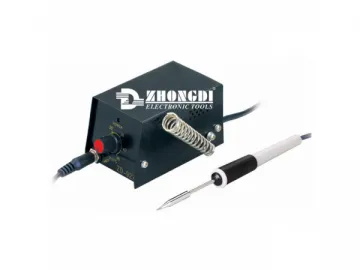 ZD-927 Soldering Station
ZD-927 Soldering Station
-
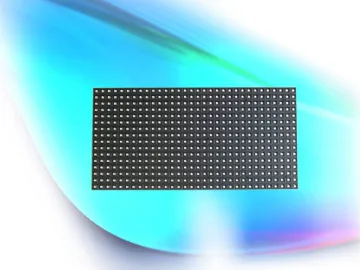 P7.62 Indoor Full Color LED Display Screen
P7.62 Indoor Full Color LED Display Screen
-
 ZD-80 Soldering Iron Gun
ZD-80 Soldering Iron Gun
-
 ZD-551 Soldering Iron Gun
ZD-551 Soldering Iron Gun
-
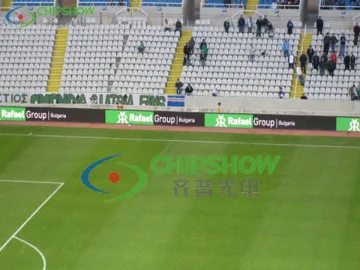 Sport LED Display Screen
Sport LED Display Screen
-
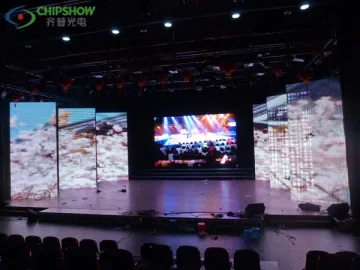 LED display in TV station
LED display in TV station
-
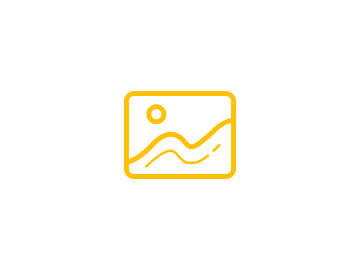 Big Shark LED Display Screen
Big Shark LED Display Screen
-
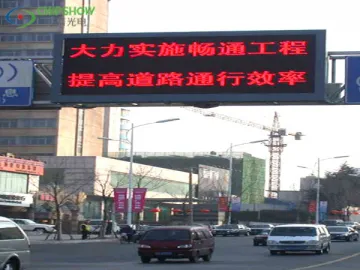 Traffic LED Display Screen
Traffic LED Display Screen
-
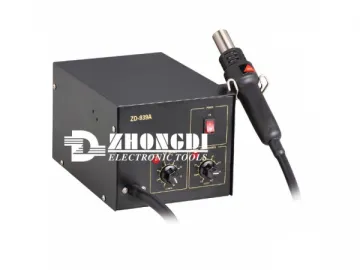 ZD-939 Hot Air SMD Rework Station
ZD-939 Hot Air SMD Rework Station
-
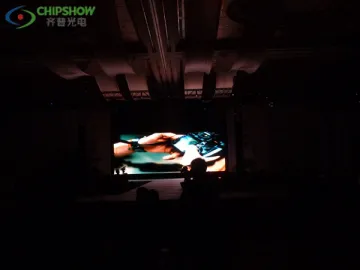 45m2 P7.62 LED display screen in Shanghai China
45m2 P7.62 LED display screen in Shanghai China
-
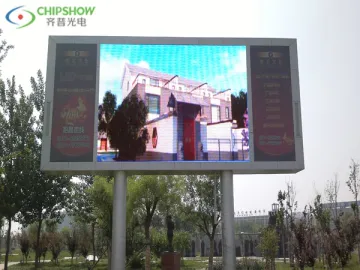 LED display in People’s Park in Hebei China
LED display in People’s Park in Hebei China
